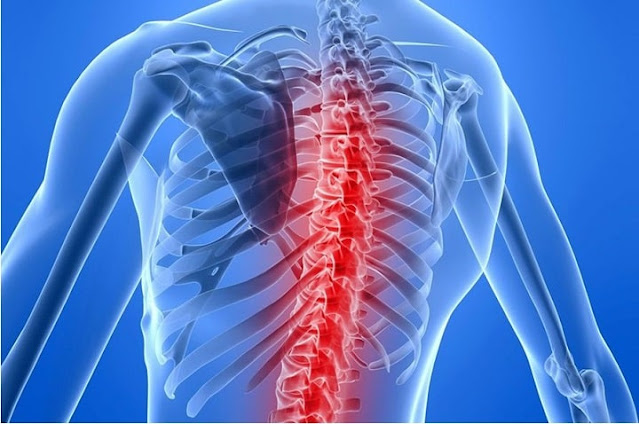Global Spinal Muscular Atrophy Market was Valued at US$ 884 Million in 2017 and is Predicted to Grow at a Healthy 12.4% CAGR from 2018 to 2026
 |
| Spinal Muscular Atrophy |
The Spinal Muscular Atrophy Market: A Nervous System Genetic Disorder
Spinal Muscular Atrophy is a hereditary condition that affects muscle movement control. It is caused by the loss of motor neurons, which are specialized nerve cells found in the spinal cord and brainstem. Motor neuron loss causes muscle weakness and atrophy in actions including sitting up, walking, crawling, and controlling head movement. The muscles involved in swallowing and breathing are also impacted in extreme cases. There are four forms of spinal muscular atrophy, which are distinguished by the degree of muscle weakening, the pattern of features, and the age at which the muscle difficulties first appear. The Spinal Muscular Atrophy Market, for example, invested over US$ 60 million in drug research initiatives and important drug discovery assets in 2015 with the goal of developing an effective SMA medication.
The expansion of the Spinal Muscular Atrophy Market is projected to be aided by an increase in the number of clinical studies and government support for R&D. Various government and corporate groups are pouring large sums of money and resources into developing novel and effective treatments for spinal muscular atrophy. Cytokinetics received funding from Cure SMA in 2013 to explore Tirasemtiv for SMA. The grant's financial specifics were not revealed. Tirasemtiv is a lead drug candidate from Cytokinetics' skeletal muscle contractility program. It is a new skeletal muscle activator. Clinical trials for people with amyotrophic lateral sclerosis have been conducted (ALS). ALS affects motor neurons in the same way that SMA does. These are divided into three types: type 1, type 2, and type 3, which arise in childhood. Type 4 is sometimes known as adult-onset SMA because it manifests in maturity.
The National Institute of Neurological Disorders and Stroke (NINDS), which is part of the National Institutes of Health (NIH), conducts clinical, translational, and basic research on Spinal Muscular Atrophy Market, as well as funding research at major medical institutions in the United States through grants. The NeuroNext clinical trials network was formed by the authority in 2011 to support the quick development and implementation of trials for neurological illnesses that impact adults and/or children. The network's goal is to create early-stage studies that will find biomarkers that may be used to evaluate the presence and severity of a disease, as well as test promising new medicines.



Comments
Post a Comment